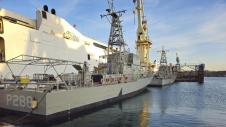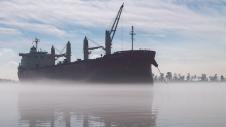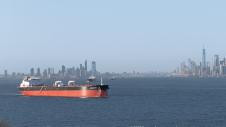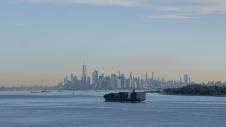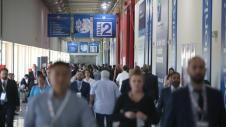More than a decade is needed for the merchant shipbuilding industry to recover to pre-pandemic levels, based on some forecasts, such as Ralph Leszinski, head of research at the Banchero Costa Group, one of the largest shipbroking companies internationally.
According to Leszinski, the next upward cycle of new shipbuilding should not be expected for 8-10 years, when the process of replacing ships built from the previous big rally of the relevant market in the period 2007-2010 will begin. As a rule, the average lifespan of a seagoing shipping ship is between 20 and 25 years.
Based on market participants, after the August data, the volume of new ship orders during 2020, has fallen to the lowest level in the last 20 years. Few shipowners are willing to bet on rising market demand, whether e.g. it is for oil or for raw materials, in the next few years, in order to make such a significant investment. Such a bet is worth several tens of millions of dollars, so, in times of uncertainty, it is a very high risk, which no one intends to take.
According to industry professionals, there are three main reasons that have orders have been put on ice. This is the perfect storm. In addition to the pandemic and the global recession it has created, the equation includes a lack of financial resources and new environmental regulations adopted by the World Maritime Organization (IMO) with a horizon of 2030 and then 2050.
The goal until then is to have achieved the complete decarbonization of the industry, so that it produces zero emissions, however no one is able to provide assurances on how this will be done. The key unanswered question today is which fuel technologies will be deemed the most appropriate, and certainly the most cost-effective. The implementation policies of these new rules are equally unknown. Given that a ship is a long-term investment, shipowners are reluctant to place new orders, running the risk of it becoming obsolete.
The pandemic added to these uncertainties, causing huge problems in the supply chain and world trade, without it being sure how long the recession will last and which sectors will be affected most. Therefore, any move for a significant long-term investment is considered very risky in the current circumstances.
But even if the above difficulties are overcome, shipowners often can not secure the necessary funding to proceed with new orders. Most freight markets have had a decade of low revenue and profitability, with most shipowners short of liquidity and equity to finance such investments themselves. Correspondingly, funding from third parties is limited, as most banks have completely withdrawn from the industry, after the large losses they suffered from 2008 onwards. As everything shows, this year's trend in new shipbuilding has come to stay and even if there is a recovery from 2021 onwards, the level of new shipbuilding will still remain relatively low.




